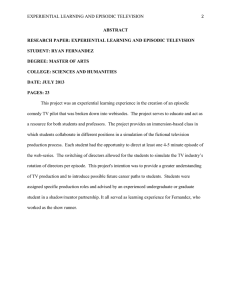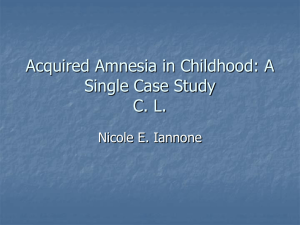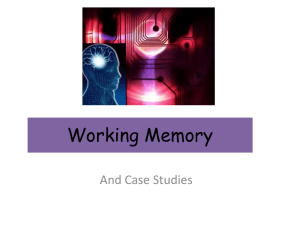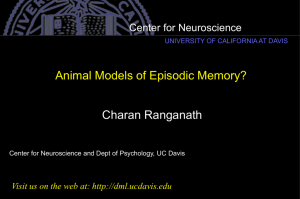USEPA Proposes Less Stringent Requirements for Episodic
advertisement
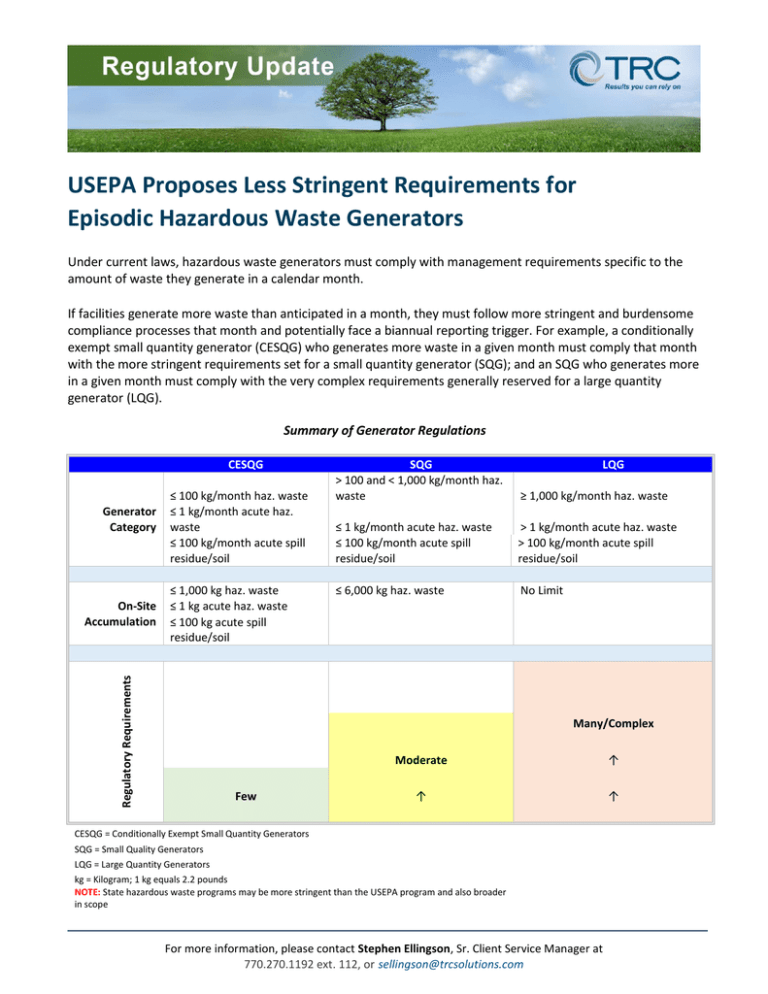
USEPA Proposes Less Stringent Requirements for Episodic Hazardous Waste Generators Under current laws, hazardous waste generators must comply with management requirements specific to the amount of waste they generate in a calendar month. If facilities generate more waste than anticipated in a month, they must follow more stringent and burdensome compliance processes that month and potentially face a biannual reporting trigger. For example, a conditionally exempt small quantity generator (CESQG) who generates more waste in a given month must comply that month with the more stringent requirements set for a small quantity generator (SQG); and an SQG who generates more in a given month must comply with the very complex requirements generally reserved for a large quantity generator (LQG). Summary of Generator Regulations CESQG Generator Category ≤ 1,000 kg haz. waste ≤ 1 kg acute haz. waste ≤ 100 kg acute spill residue/soil Regulatory Requirements On-Site Accumulation ≤ 100 kg/month haz. waste ≤ 1 kg/month acute haz. waste ≤ 100 kg/month acute spill residue/soil SQG ˃ 100 and ˂ 1,000 kg/month haz. waste LQG ≥ 1,000 kg/month haz. waste ≤ 1 kg/month acute haz. waste ≤ 100 kg/month acute spill residue/soil ˃ 1 kg/month acute haz. waste ˃ 100 kg/month acute spill residue/soil ≤ 6,000 kg haz. waste No Limit Many/Complex Few Moderate ↑ ↑ ↑ CESQG = Conditionally Exempt Small Quantity Generators SQG = Small Quality Generators LQG = Large Quantity Generators kg = Kilogram; 1 kg equals 2.2 pounds NOTE: State hazardous waste programs may be more stringent than the USEPA program and also broader in scope For more information, please contact Stephen Ellingson, Sr. Client Service Manager at 770.270.1192 ext. 112, or sellingson@trcsolutions.com Relatively common events such as demolition projects, tank clean outs, site remediation, equipment maintenance during plant shutdowns, and the removal of excess chemical inventories can trigger these shortterm changes in a generator's status. Quickly implementing these changes can be especially challenging for smaller facilities that don’t routinely manage larger amounts of hazardous waste. Newly Proposed Approach Would Reduce Regulatory Burden The U.S. Environmental Protection Agency (USEPA) believes that requiring generators to comply with more stringent requirements based on a planned or unplanned episodic events may be unnecessary to protect human health and the environment. Instead, on September 25, 2015 the agency proposed a more practical approach that would allow episodic waste generators to maintain their current status and be exempt from periodic requirements to comply with more stringent rules applicable to higher generator categories. The public comment period on these proposed changes will end on November 24, 2015. Compliance Conditions If adopted, the USEPA’s proposed changes will greatly reduce the regulatory burden on facilities that experience episodic waste generation events. CESQG and SQG facilities must meet the following conditions to take advantage of the less burdensome compliance obligations as proposed. One Episodic Event per Year CESQG and SQG will be allowed to exceed their generator category limits once per year. However, as described below, they can petition the Agency to conduct an additional episodic event. Notify Agency Generators must notify the Agency at least 30 days before a planned episodic event, using USEPA Form 8700-12. For unplanned events, the generator must notify the Agency within 24 hours. Email or phone can be used with the follow-up submission of required forms. CESQG must also to notify the local fire department with information on the facility’s emergency coordinator. For more information, please contact Stephen Ellingson, Sr. Client Service Manager at 770.270.1192 ext. 112, or sellingson@trcsolutions.com Obtain EPA ID Number If a CESQG does not have an EPA ID number, one must be obtained. Manage Onsite Wastes Within 45 days of making the initial notification, wastes generated during the episodic event must be removed from the facility. CESQG will be required to mark waste accumulation containers with: Episodic Hazardous Waste Other words to identify the waste (e.g., organic solvents, DOT shipping name with markings) Indicate the hazards of the waste (e.g., ignitable, corrosive, reactive, toxic). CESQG will also be required to mark or label tanks "Episodic Hazardous Waste." Inventory logs, monitoring equipment or other records could be used to identify the contents of the tank and the date the episodic event began. Generators must implement procedures to prevent overflow or spills and the tank must be inspected each operating day. Use Manifest, Transporter and RCRA-designated Facility Generators will be allowed to accumulate wastes onsite for up to 45 days. CESQG must manifest the waste generated during the episodic event, using a designated transporter and send the waste to a RCRA-designated facility. Maintain Records The following records will need to be maintained for at least three years: For more information, please contact Stephen Ellingson, Sr. Client Service Manager at 770.270.1192 ext. 112, or sellingson@trcsolutions.com Start and end dates of episodic waste generation event; Description of episodic event; Types and quantities of waste generated; How the wastes were managed onsite, the offsite transporter, and the facility that receiving the wastes; Agency approval letter (if applicable) to conduct additional episodic events within the same year, described below; and Agency approval letter (if applicable) for a 30 day extension for onsite waste accumulation, described below. Other Proposed Changes Petitions Generators can petition the agency for written approval to conduct an additional episodic event with the same calendar year. Generators can also petition the agency for written approval for an additional 30 days to complete the generation and removal of waste. This request must be submitted at least 15 days before the original end date of the episodic event. Drip Pads/Contaminated Buildings USEPA is requesting comments on whether to allow CESQG or SQG to accumulate waste on a drip pad or in a containment building. Shipping to LQGs CESQGs can send their hazardous waste to a LQG that is operated under the control of the same firm, company or corporation. Retail Facilities Retailers are welcoming these proposed changes. Some retailers must occasionally handle wastes from product recalls, customer returns, product spills/breakage, etc. (i.e., “reverse distribution”). Less stringent episodic waste generation rules and the ability to send wastes from individual facilities to a consolidation center, operated as a LQG, could be helpful. Next Steps TRC can help you review these proposed rules and their potential applicability to your operations. We can also help you prepare and submit comments to USEPA on the proposed rule. Once this the rule is finalized, TRC’s waste management experts can help you use these less stringent requirements to better manage your hazardous waste. For more information, please contact Stephen Ellingson, Sr. Client Service Manager at 770.270.1192 ext. 112, or sellingson@trcsolutions.com

